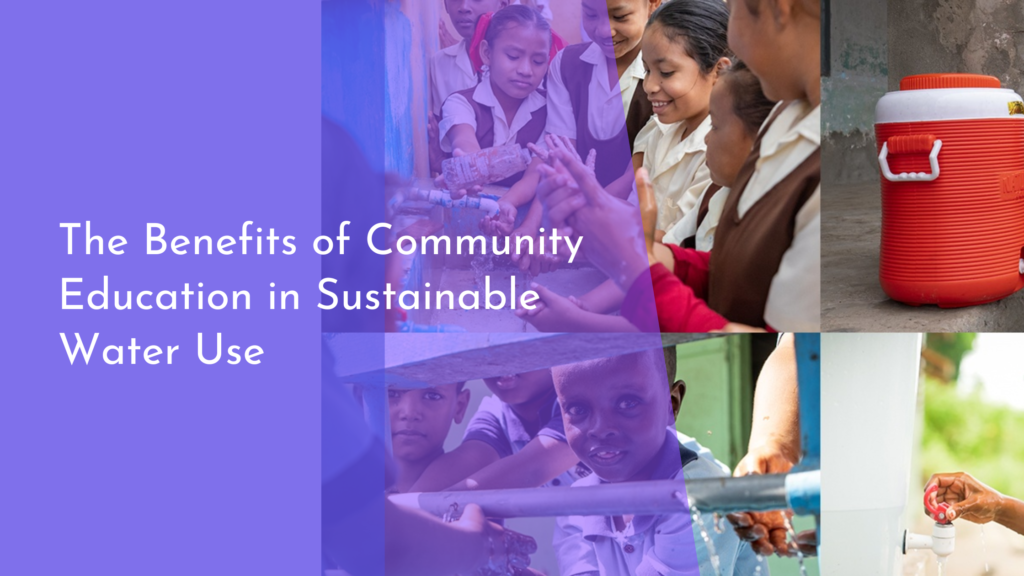Wildlife Impacts of Overfishing and Sustainable Alternatives
Overfishing is a pressing issue that threatens the delicate balance of marine ecosystems and the wildlife that inhabits our oceans. As fish populations decline due to unsustainable fishing practices, the implications extend far beyond the loss of biodiversity. Understanding the impacts of overfishing is crucial to ensuring the health of our oceans and the survival of marine species. Fortunately, there are sustainable alternatives that can help us redefine our relationship with seafood and protect wildlife for generations to come.
Understanding Overfishing: A Threat to Marine Wildlife
Overfishing occurs when fish are caught at a rate faster than they can reproduce, leading to a significant decline in their populations. This practice is often driven by high demand for seafood, resulting in the depletion of not only targeted species but also bycatch—non-target species caught unintentionally during fishing operations. The consequences of overfishing are severe, pushing many species, such as certain shark and tuna populations, towards the brink of extinction. This disruption not only threatens the fish themselves but also affects the livelihoods of communities that depend on fishing for their sustenance.
As fish populations dwindle, the entire marine food web faces challenges. Predators lose their primary food sources, while prey species may become overabundant, leading to further imbalances in the ecosystem. Coral reefs, which rely on healthy fish populations to thrive, can suffer from overgrowth of algae when herbivorous fish are removed. In addition, overfishing can disrupt the breeding and feeding patterns of marine wildlife, causing long-term damage to the ocean’s biodiversity and resilience.
The Ripple Effects: How Overfishing Disrupts Ecosystems
The interconnectedness of marine ecosystems means that the effects of overfishing extend far beyond individual species. When a certain fish species is overfished, it can lead to an increase in the populations of their prey, resulting in overgrazing and habitat destruction. For example, without enough herbivorous fish to keep algae in check, seagrass beds and coral reefs can be smothered, leading to loss of habitat for countless marine organisms. This chain reaction illustrates how overfishing can create a domino effect that threatens the stability of entire ecosystems.
Additionally, overfishing often leads to the depletion of essential nutrients within marine environments. Fish play a critical role in nutrient cycling, and their absence can hinder the growth and health of other marine organisms. As ecosystems become less diverse and resilient, they are more vulnerable to other stressors like climate change and pollution. This vulnerability can further accelerate the decline of marine wildlife, creating a cycle that becomes increasingly difficult to break.
Sustainable Fishing: Protecting Wildlife for Future Generations
In light of the challenges posed by overfishing, sustainable fishing practices have emerged as a viable solution to protect marine wildlife. These practices involve catching fish in a way that maintains healthy populations and minimizes environmental impacts. Techniques such as selective fishing and using gear that reduces bycatch are essential components of sustainable fishing. By adhering to quotas and seasonal restrictions, fishery management aims to ensure that marine ecosystems remain balanced and productive for generations to come.
Moreover, sustainable fishing practices benefit local communities and economies. By focusing on responsible harvesting methods, fishers can maintain their livelihoods while also supporting the long-term health of fish populations. Certification programs, such as the Marine Stewardship Council (MSC), make it easier for consumers to identify sustainably sourced seafood. When consumers choose certified products, they encourage fisheries to adopt more environmentally friendly practices, paving the way for a healthier ocean ecosystem.
Bright Futures: Embracing Eco-Friendly Seafood Choices
Consumers play a vital role in shaping the future of marine wildlife through their seafood choices. By opting for sustainably sourced and eco-friendly seafood, individuals can contribute to the preservation of fish populations and the overall health of marine ecosystems. Many resources are available to help consumers make informed decisions, such as seafood guides that rank species based on their sustainability. With this knowledge, it becomes possible to enjoy delicious seafood while also being a steward of the oceans.
Additionally, supporting local fisheries that employ sustainable practices can create a positive ripple effect within communities. By choosing to buy from these sources, consumers help ensure that responsible fishing methods are rewarded and promoted. This not only protects marine wildlife but also fosters a sense of connection between consumers and the source of their food. Embracing eco-friendly seafood choices is a delicious way to protect our oceans and ensure a thriving environment for marine wildlife.
As we continue to face the challenges posed by overfishing, it is crucial to recognize the power of sustainable practices and informed consumer choices. By understanding the impacts of overfishing and embracing eco-friendly alternatives, we can contribute to the protection of marine wildlife and the health of our oceans. Together, we can create a future where both our seafood and marine ecosystems flourish, ensuring that generations to come can enjoy the wonders of the ocean. Let’s celebrate the potential for positive change and work towards a brighter, sustainable future for our precious marine life!

